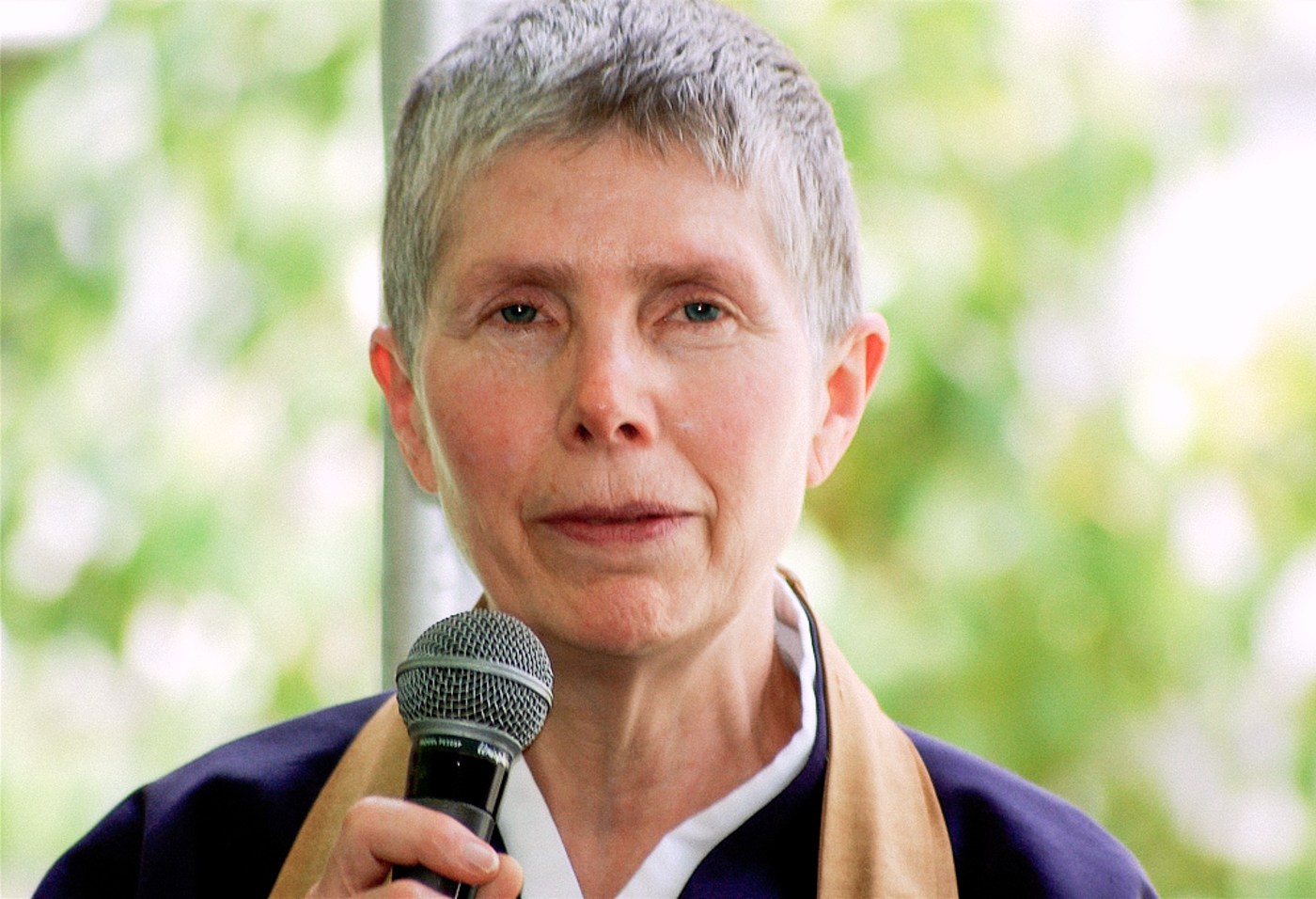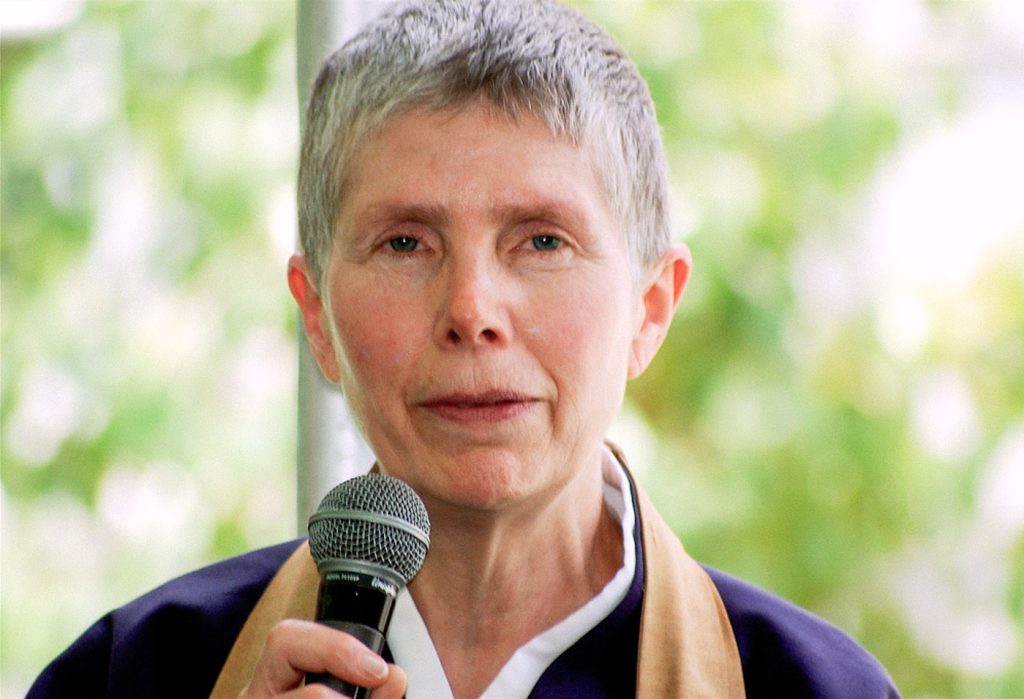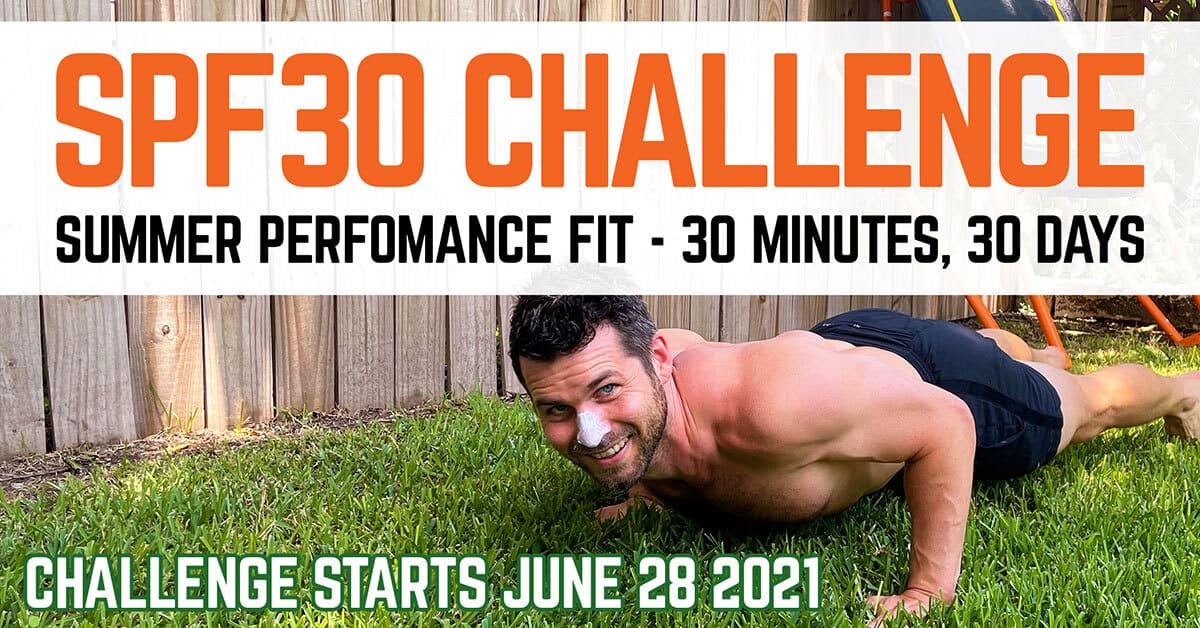How to Break Free of the Inner Critic
In a recent episode of Life As It Is, pediatrician and Zen priest Jan Chozen Bays shares strategies to combat burnout. The post How to Break Free of the Inner Critic appeared first on Tricycle: The Buddhist Review.

In a recent episode of Life As It Is, pediatrician and Zen priest Jan Chozen Bays shares strategies to combat burnout.
With Jan Chozen Bays Aug 07, 2022 Image courtesy Jan Chozen Bays
Image courtesy Jan Chozen BaysWhen Jan Chozen Bays started working as a physician in the 1970s, she kept her meditation practice private. “It was considered very weird,” she shared with Tricycle’s editor-in-chief, James Shaheen, and meditation teacher Sharon Salzberg on a recent episode of Tricycle’s podcast Life As It Is. “There were only a few of us in the hospital who meditated, and we would pass each other in the halls through Mindful Medicine, a nonprofit organization based in Portland, Oregon that aims to support providers through experiences of burnout and stress.
Bays first began researching burnout following her own experience of compassion fatigue and secondary trauma. Though she had been working in a child abuse clinic for decades, it wasn’t until her father and her Zen teacher, Maezumi Roshi, both passed away that she realized she was struggling. One night, she was driving home after a harrowing day in the child abuse clinic, and a country music song came on the radio. “I just began crying, and I wasn’t sure if I could stop,” she shared. “It was like a well of sorrow and human suffering that finally broke open. I realized, ‘Something is really wrong here.’”
After this realization, Bays began creating tools and “rescue remedies” for healthcare professionals facing similar sources of stress. In her new book, Mindful Medicine: 40 Simple Practices to Help Healthcare Professionals Heal Burnout and Reconnect to Purpose, Bays shares some of the strategies she has developed to support those who are working on the frontlines of human suffering. Bays discussed these strategies with Shaheen and Salzberg, and elaborated on how we can experience a greater sense of presence and flow in our daily lives. Read excerpts from their conversation below, and listen to the full episode here.
***
On how spiritual practice saved her life—and her career
I could not have worked at the child abuse clinic if I hadn’t had a spiritual practice. I learned to weave in moments of open awareness, shifting from thinking mind to aware mind, and I learned to keep refreshing myself, to let go of the last patient and be fresh as I opened the door into the next exam room. It saved my life, and it saved my career. I felt like I had to offer this to other people, so I teamed up with two physicians and two Zen practitioners, and we developed a Mindful Medicine retreat. We realized that doctors and nurses often don’t have time to talk to each other. They have nobody to share their stress with, except for some grumbling on the side. But they’re rarely able to sit down and talk about, for instance, the patient they’ll never forget. It’s never the patient that you cured or who went home happy. It’s always a patient where you fear your error disabled them or even killed them. When people tell these stories, they weep, and we all understand their deep sorrow.
On working with anger as a messenger
On our Mindful Medicine retreats, we’ve done some workshops on anger. At one workshop, a participant said, “I’ve realized that anger is the messenger that something is out of kilter. But it is not the means to fix it.” We can learn to work with anger as a messenger that something is off kilter. Our precept is not to release anger but to seek its source—and ultimately dissolve that source. In my own discernment about anger, I’ve realized that there’s always fear underneath. If you can find that fear, then you’ve got your grasp on something you can work with.
During COVID, anger became more overt in the healthcare professions. People would get frustrated with patients who won’t comply with their recommendations. One ICU doctor caring for unvaccinated patients came to our retreat because he felt like he was going to punch a hole in the wall of the ICU. As healthcare providers, we have always taken care of anybody who came in under our care. We didn’t know how they voted. But now, suddenly, we are aware of how people vote, and they’re aware of how we vote. We’re aware of their attitude toward vaccinations, which may seem absolutely ridiculous to us. But we have to sidestep that. We have to have a way to release that anger and see what our fear is. One of those fears is that if this continues, we’ll have to quit our beloved profession. But if we don’t know our fears, they’re always in there stirring. In meditation practice, we can look at our fears directly, and we can turn our anger into determination.
On breaking free of the inner critic
When we’re able to put aside the cacophony of thoughts and enter at ease within the flow of time, the inner critic vanishes. It is transformed into curiosity and wonder. This is the ultimate magic of meditation practice: it’s the door that walks you into the present moment. And there are infinite doors, of course. Once you learn how to open that door and walk from thinking mind into awareness mind, you’ve got the solution to your own suffering and to being able to help other people because the inner critic doesn’t exist in the present moment. It depends on endless rumination over the past. We wouldn’t rent the same bad movie 250 times, but we do that in our own mind. And then the future, of course, is all imagined, and most of the futures we imagine don’t come the way we imagined them.
So use the mind for its abilities and its talents, like booking a flight or calculating a dose of medication. But don’t use it the rest of the time. Learn how to turn it off and walk into wonder and flow. Everybody’s had an experience of flow, so it’s not out of reach. We’ve all had what we call peak moments, and we can reflect on how those peak moments occurred. Those are what I call the over-the-counter remedies: being in nature, being absorbed in a hobby, playing with children or animals who are in the present moment, being in the garden and just forgetting time, watching a sunset. When you watch a sunset, you’re totally transfixed. Then somebody says, “Oh, I saw a better sunset in Hawai’i two years ago,” and the moment crashes. But for that moment, you’re in flow. Learning to walk out of thinking mind into flow mind or awareness mind is the ultimate medicine.
![]()
Thank you for subscribing to Tricycle! As a nonprofit, we depend on readers like you to keep Buddhist teachings and practices widely available.
This article is only for Subscribers!
Subscribe now to read this article and get immediate access to everything else.
Already a subscriber? Log in.

 Konoly
Konoly 


























_2.jpg)




